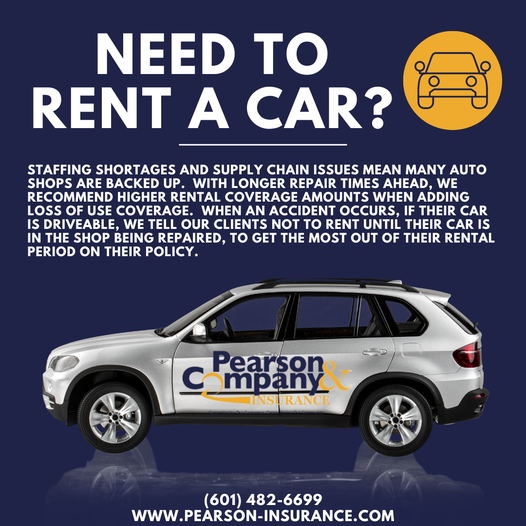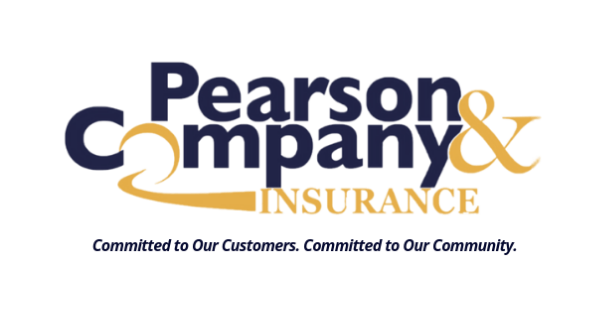This is a fantastic article from IA Magazine on why everyone needs flood insurance. Most homeowner’s in MS think that they only need flood insurance if they are in a flood zone. That is flat out not true. When Houston flooded during Hurricane Harvey- 80% of homes did not have flood insurance. Read up below to learn more, then call us at (601)482-6699 or request a no-obligation flood insurance quote online.
Your home is located in a flood zone, so you need flood insurance.
Your home isn’t located in a flood zone, you don’t need flood insurance.
Simple, right?
“No—that’s wrong,” says Nick Sumbles, flood underwriting specialist at Gridiron Insurance. “If it rains where you live, it can flood. That idea of a flood zone versus not a flood zone needs to go away.”
Technically, most of the U.S. is mapped into a FEMA flood zone, with risk varying based on classification. But when most people hear “flood zone,” they think FEMA’s high-risk Zone A or V, where purchasing flood insurance is mandatory by most lender requirements.
Based on that definition, around 80% of Hurricane Harvey victims weren’t located in a “flood zone” and therefore didn’t have flood insurance. And while that’s the most recent example, it’s just a drop in the bucket: John Putnam, consultant at Putnam Assurance & Risk Services, LLC, points out that when flooding hit Northern Colorado in September 2013, 50-60% of flood victims weren’t located in a zone where lenders require flood insurance.
From huge catastrophes like Hurricane Katrina to less publicized events like the flooding that struck Louisiana early last year, the changing nature of weather patterns and their impact on uninsured communities is making the concept of an insurance-mandatory flood zone less and less relevant.
“There’s a lot of re-education that needs to happen in terms of understanding flood insurance across the board, even all the way down to a real estate agent,” Sumbles says.
Busting Myths
Consider the myth that if you live in a 100-year or 500-year flood zone, and a flood struck last year, you don’t have to worry about it again. “That’s funny math—that doesn’t work,” says Putnam, who cites statistics from FEMA which state that with a 30-year mortgage in a 100-year flood zone, your house has a 26% chance of being flooded.
“In the same flood zone, that means you’re 27 times more likely to experience a flood than a fire,” Putnam points out. “So why are we thinking about what’s on the map? Why aren’t we—the agents, the mortgage companies, everyone—more uniformly educating people about this risk? Why doesn’t everybody buy it?”
When drastic flooding events devastate an allegedly low-risk community whose constituents are not required to carry flood insurance protection, the government is “on the hook” to provide relief, even though it hasn’t been receiving NFIP premiums in return, Sumbles points out.
Of course, consumers who believe the government will provide financial assistance in the wake of a disaster may not be fully aware that “the government bail-out is not really a bail-out,” Putnam says. “The government aid that’s offered is long-term loans, and you have to qualify for those, because the whole presumption of the loan is you’re going to pay it back.”
Although small grants are usually available, those funds are not guaranteed—and the average payout between flood insurance and grants, Putnam says, is “somewhere between three and four to one. That means the people who get grants and loans are paid out at about a quarter to a third what they would be paid if they purchased flood insurance. It’s much harsher than most people realize.”
But based on the way flood insurance sales work today, it’s no surprise that the public harbors these dangerous misconceptions about purchasing flood insurance.
“We tell people, ‘If you’re in a high-risk flood zone, you have to buy flood insurance. If you don’t have a federally backed mortgage, you don’t have to buy it,’” Putnam says. “Theoretically they still should, but they’re not going to because they see the price as being prohibitive. So what we do is penalize people for having a federally backed mortgage, and then we say that’s good risk management to just be selling insurance to the highest-risk people at obscenely high rates.”
Even after President Trump signed a bill forgiving $16 billion of the NFIP’s debt after last fall’s hurricanes, the program remains approximately $25 billion in the hole. While it’s set up to cover all types of flood, “what’s causing the most pain to NFIP is large-scale disasters like Katrina, Sandy and these most recent hurricanes,” Putnam points out.
John Dickson, president of NFS Edge Insurance Agency, Inc., believes the NFIP gets a bad rap. “Never forget that the NFIP has helped out millions and millions and millions of people over 50 years,” he says. “It’s done some tremendous work in times of great need, and there’s no private market or individual capital source that’s willing to take up that mantle completely and run with it. Our families and communities and neighbors depend upon the NFIP.”
But the future viability of the U.S. flood insurance market will depend on an attitude shift. Based on “basic insurance theory,” Putnam says, spreading out the risk by selling more flood insurance—not just to those who live or work in Zone A or V, and not just through the NFIP—should soften up the prices that scare many consumers away.
Developing Solutions
Putnam says politics and insurance are often like “oil and water”—and that gives the burgeoning private flood market an immediate advantage over the NFIP.
“The way insurance companies are set up is to not only make money, but also continually analyze the marketplace and the risk exposure and make interim changes,” Putnam points out. “When we make changes to the NFIP, we make changes at a macro level, which makes it more difficult to make micro changes. The biggest advantage privatization brings is the ability to be nimbler in making insurance risk decisions.”
Because, as Putnam says, proposed flood reform legislation tends to be “dead on arrival” if it involves rate increases, private flood insurers have a big opportunity to improve flood risk models in a way that not only reflects risk more accurately than the historical binary, but also charges appropriate premium accordingly.
“Computing power, data analytics—the power of the 1 and the 0 makes this happen,” Dickson says. “Private insurers are investing in digital maps born from satellites which crisscross the country and create a virtual map of the U.S. We have maps now that are down to a one-meter resolution—it’s amazingly granular.”
Like many private insurers, Gridiron’s mapping technology relies on lidar imagery for elevations—a surveying method that measures distance with laser sensors. “It’s a lot more up to date than the current FEMA maps, and the base flood elevation is looked at in a different way,” Sumbles explains.
And while FEMA is making moves to improve its mapping technology with the Risk Rating 2.0 program, the rollout could take several years. “Private insurers have unprecedented amounts of data that NFIP didn’t have in 1968, and they’re already using these new tools to their benefit,” Putnam says. “Some of these technologies are flood-specific, some are cat-specific, by zip code, by street.”
Putnam believes all of that is especially important at a time when “not all flood is created equal.” “The nature of coastal flooding and hurricane-induced flooding—that’s more catastrophic, so that requires a separate approach,” he says. “But when you start talking about some rivers flooding where it’s a slow rise and it’s a longer duration but it doesn’t create as much damage or as violent damage, that’s a different kind of exposure.”
Or consider the difference between wildfire-induced flooding and a flood that results from drainage systems backing up during a hailstorm. In the latter case, “it’s a very temporary time period and you can dry it out fairly quickly,” Putnam points out. “That’s all being factored into some of these new models, because there are differences between the different kinds of floods, and they should be rated accordingly.”
New models include updated maps on not only cause, wind, elevation and fluid dynamics, but also irrigation systems, what’s paved and what’s not, and even shoreline erosion caused by sea level rise—all details which could make it clearer to consumers understand what’s at stake if they fail to protect their investments with an insurance policy.
“You’re no longer going to be able to look at a map and say yes or no,” Putnam predicts. “That’s where that binary thing comes in. You’re going to be looking at analytical programs of some sort where rather than being yes or no, it’s going to be, ‘Woah, there’s a high probability here—you probably want to buy it.’ Reeducation is going to be more effective when it’s your decision—you see the data, and the data suggests, ‘I don’t want to go through this.’”
For two more ways privatization could help strengthen and stabilize the U.S. flood market, keep an eye on IAmagazine.com and upcoming editions of the Markets Pulse e-newsletter.
Jacquelyn Connelly is IA senior editor.
This article was originally published online at https://www.iamagazine.com/markets/read/2018/04/16/grey-areas-why-flood-insurance-shouldn-t-be-a-yes... .





Contact Information
Business Hours
- Mon - Fri
- -
- Sat - Sun
- Closed
Quick Form
Contact Us
Thank you for contacting us.
We will get back to you as soon as possible.
Please try again later.
Contact Information
Business Hours
- Mon - Fri
- -
- Sat - Sun
- Closed
Contact Us
Contact Us
Thank you for contacting us.
We will get back to you as soon as possible.
Oops, there was an error sending your message.
Please try again later.
Browse Our Website
Contact Information
Business Hours
- Mon - Fri
- -
- Sat - Sun
- Closed

